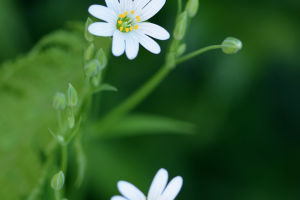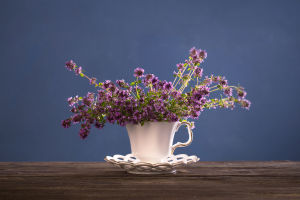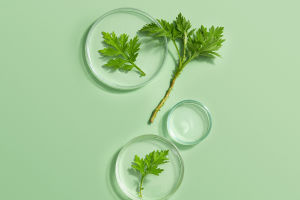Moisture is essential for plants to thrive, but when leaves remain damp for prolonged periods, it can create an environment that attracts pests and fosters diseases.
Whether due to overwatering, poor air circulation, or natural weather conditions, damp leaves make plants more vulnerable to various problems that can impact their health and growth!
1. Why Are Damp Leaves a Problem?
Leaves that remain wet for extended periods are more prone to developing fungal diseases and attracting pests. When water droplets sit on plant leaves, especially in humid conditions, it creates a perfect breeding ground for pathogens. Additionally, moisture can weaken the plant's natural defenses, making it harder for them to fend off attacks.
2. Common Pests and Diseases Associated with Damp Leaves
Many pests and diseases are particularly active in environments where moisture is prevalent.
Slugs and Snails: These mollusks thrive in moist conditions, especially in areas where the leaves are constantly wet.
Aphids: Aphids are small, sap-sucking insects that often gather in clusters on the undersides of leaves. They tend to appear more in moist environments where plants may already be struggling.
Diseases
Powdery Mildew: This fungal disease looks like a white or gray powdery substance on the leaves and stems of plants. It thrives in humid, wet conditions and can quickly spread throughout the plant if not addressed.
Downy Mildew: Another fungal disease, downy mildew appears as yellow or pale-green spots on the upper leaf surface, while the undersides may be covered in a white or grayish fuzz.
3. How to Prevent Dampness and Protect Your Plants
Here are some tips to help:
Water in the Morning
By the time the sun goes down, the moisture will have evaporated, reducing the risk of creating a damp environment that attracts pests or promotes fungal growth.
Avoid Overhead Watering
Watering your plants directly onto their leaves is a common mistake that can lead to prolonged dampness. Instead, water the base of the plant where it can be absorbed by the roots, keeping the leaves dry.
Improve Air Circulation
Space your plants appropriately, trim overgrown foliage, and avoid planting them too close to one another to allow air to circulate freely.
Use Fungicides or Organic Treatments
Organic treatments, such as neem oil, can also be effective at controlling both pests and fungal infections.
4. What to Do If Your Plants Are Already Affected
If your plants already have damp leaves and are showing signs of pests or diseases, quick action is crucial to minimize damage.
Remove Affected Leaves
Be sure to sanitize your pruning tools to avoid transferring pathogens to healthy plants.
Apply a Treatment
For fungal infections, apply a fungicide according to the product instructions. For pests, you can use organic insecticidal soap or neem oil to help control the infestation.
Reduce Watering
Ensure the soil drains properly and allow the top few inches to dry out before watering again.
By adopting proper watering practices, improving air circulation, and addressing problems early, you can protect your garden from the harmful effects of damp leaves!


